Many anglers favor bass fishing as a pastime. Whether it’s largemouth, smallmouth, or striped bass, catching fish is exciting, but how to clean them for cooking is a troublesome chore. Cleaning a bass properly not only improves the taste of the fish but also helps to make sure the food is safe to eat.
In this article, we will guide you step by step through cleaning bass and share with you some essential tools and tips, as well as how to store and cook your bass once it’s been prepared.
Step-by-Step Guide to Cleaning Bass
Cleaning a bass properly involves a few key steps to ensure you can enjoy the fish at its best. Here’s a step-by-step guide that will help you clean your bass with ease.
Step 1: Gather Your Tools
Before you start, make sure you have the following essential tools:
- Fillet Knife: The most important tool is a flexible, sharpened fillet knife. This enables you to make precise cuts along the fish’s body.
- Cutting Board: Working on the fish requires a stable surface, so that’s what we grab when it’s called to be cut. Try to find a surface that is big, as it needs to be bigger than the fish, and it also should be smooth for the cutting.
- Fish Scaler or Knife(optional): Bass usually have smooth, tough skin that needs to be scaled. If you plan to remove the skin while cooking, you may need to scale the fish. Some anglers use a knife to remove the scales, but a dedicated fish scaler is more effective. This step can be skipped if you prefer to leave the skin on.
- Boning Tools: Needle-nose pliers or a special fish boning tool can help remove small bones that are often left behind after filleting.
- Bucket or Trash Bag: A place to dispose of unwanted parts of the fish, like the head, fins, and bones.
- Gloves (Optional): Protective gloves can provide a better grip and added safety to avoid direct contact with fish slime or sharp fins.
Step 2: Prepare the Bass
Before starting the cleaning process, it’s essential to first gut and prepare the bass for filleting.
- Make a Cut Behind the Gills: Use your fillet knife to make a diagonal cut just behind the gills and pectoral fins on both sides of the fish.
- Make an Incision Along the Belly: Run the knife along the belly, starting at the anus and cutting upwards toward the gills. This will allow you to open up the stomach cavity.
- Remove the Internal Organs: Pull out the internal organs, including the intestines, heart, and lungs. Be careful not to puncture the intestines, as this could release unpleasant fluids into the meat.
- Clean the Cavity: Use your knife to scrape out any remaining bits of organs, paying special attention to removing the black film inside the fish’s belly, which is one of the main sources of fishy smell. And then rinse the cavity under cold water to remove blood and debris.
Step 3: Remove the Fillets
- Make an Initial Cut Along the Backbone: Begin by cutting just behind the gills and along the backbone toward the tail of the bass. This should be done on one side.
- Cut Along the Rib Cage: Once the fillet is loose from the bones, work the knife along the rib cage. Be sure to avoid cutting through the ribs, as it can lead to wasted meat. Continue to cut until the fillet is separated from the fish.
- Repeat on the Other Side: Flip the bass over and repeat the same steps on the other side of the fish to remove the second fillet.
- Remove the Skin (Optional): If you prefer skinless fillets, you can carefully separate the skin from the fillet by inserting your knife between the flesh and the skin and gently working your way down.
Step 4: Clean and Trim the Fillets
Once both fillets are removed, it’s important to clean them up:
- Remove the Bones: Use needle-nose pliers or a fish boning tool to carefully remove any remaining bones from the fillets.
- Trim the Fat and Bloodline: If desired, trim away any visible fat or bloodline from the fillets for a cleaner, more delicate flavor.
- Rinse Under Cold Water: Rinse the fillets under cold water to remove any remaining debris and blood.
Is the Same To Process All Bass Species?
While the general cleaning process for bass is similar across species, there are some slight differences that you may encounter when cleaning various types of bass.
Largemouth Bass
In general, the largemouth bass species have a more flexible and relatively larger body, making them easier to fillet compared to other species of bass. But their larger size might require a bit more precision in cutting; otherwise, the cleaning process is the same.
Smallmouth Bass
Smallmouth bass are generally less than or equal to largemouth bass in size, but are similar to their larger cousin with regard to cleaning. They also have a fine texture, so you must be careful when they are being filleted.
Striped Bass
They fillet larger, thicker fillets and are striped bass. Striped bass, like many species, should be cleaned with a sharp knife to avoid tearing the flesh. Also, the ribcage is deeper, so the fillets will need to be split apart more carefully.
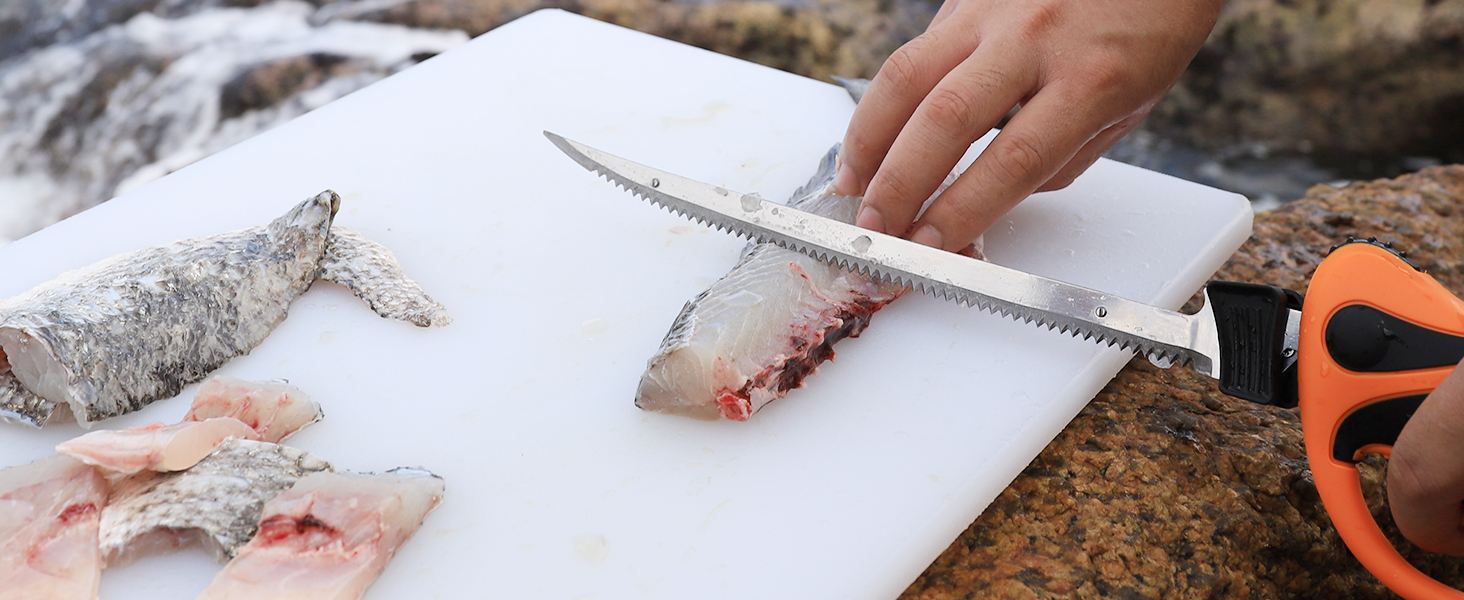
Tips For Cleaning Bass Efficiently
Best Practices And Tips
- Keep the Knife Sharp: A sharp knife not only makes the job easier but also reduces the risk of injury.
- Use the Right Cutting Motion: When making cuts, use a gentle sawing motion rather than forcing the knife through the fish. This helps preserve the texture of the fillet.
- Freeze Fish: If you freeze the fish for a short period (about 30 minutes), it can make scaling easier. The scales loosen up a bit, making them easier to remove.
- Use a Suitable Table: A dedicated cleaning table at waist height can reduce back strain and make the process more efficient. Make sure your cutting board is non-slip to prevent accidents. You can place a damp towel under the board to keep it steady.
- Remove Fins: The dorsal fin of the bass fish is very sharp, so it is best to cut it off before handling it to avoid any injury to your hands.
- Continuous Rinsing: If possible, have a hose or sink nearby to rinse off your knife and fillets as you work. This keeps everything cleaner and reduces mess.
- Reduce Smells: Rubbing lemon juice on your hands and tools after cleaning can help eliminate fish odors.
- Practice: The more you clean the bass, the easier and faster it becomes. With practice, you’ll become proficient at filleting and cleaning bass quickly.
Common Mistakes to Avoid
- Not Removing All the Bloodline: The bloodline, which runs along the fillet, can impart a distinct and often bitter flavor to the fish if left intact. Make sure to remove it thoroughly. Not only does this improve the taste, but it also enhances the overall quality of your fillets.
- Cutting Too Deep: One of the most common mistakes is cutting too deeply into the fish’s flesh. You only want to remove the fillets, not damage the meat. Focus on making shallow cuts to separate the fillet from the bone. A gentle touch will help preserve the integrity of the meat, leading to better presentation and texture.
- Forgetting to Clean the Fish Properly: Always rinse the fillets under cold water after removing them. This ensures that no blood or remnants are left behind, which could affect the flavor and safety of the fish. A thorough rinse not only enhances taste but also helps prevent spoilage during storage.
Safety Considerations
- Sharp Knives: Always exercise caution with sharp knives. Keep your fingers away from the blade while cutting. Consider using a knife with a non-slip handle for added safety and better control.
- Sharp Fish Parts: Handle the fish carefully, especially around the gills and fins, which can be sharp.Use gloves if necessary to protect your hands from cuts. Additionally, ensure your workspace is stable and secure.
- Wash Hands Frequently: After handling fish and before touching other surfaces or food, wash your hands thoroughly with soap and water. This practice helps prevent the spread of bacteria and maintains cleanliness in your kitchen.
How to Store Cleaned Bass?
Once your bass is cleaned, it’s important to store it properly to preserve its freshness.
If you plan to cook the bass within a couple of days, store the cleaned fillets in an airtight container in the refrigerator.
For longer storage, you can freeze the cleaned fillets. Wrap them tightly in plastic wrap, followed by aluminum foil, to prevent freezer burn. Properly stored, bass can be frozen for up to 6 months.
Cooking Cleaned Bass Fish
Once your bass is cleaned and stored, it’s time to cook it. Here are a few popular methods for cooking bass fish:
1. Pan-Seared Bass
- Season the Fillets: Season your bass fillets with salt, pepper, and herbs of your choice (such as thyme or rosemary).
- Heat the Pan: Heat a skillet over medium-high heat and add a tablespoon of olive oil or butter.
- Cook the Fillets: Place the fillets in the pan and cook for 2-4 minutes on each side until golden brown and crispy.
- Serve: Serve your pan-seared bass with a side of vegetables, rice, or a salad.
2. Grilled Bass
- Preheat the Grill: Preheat your grill to medium-high heat.
- Season the Fish: Rub the fillets with olive oil, salt, pepper, and your favorite seasoning mix.
- Grill the Fish: Place the fillets on the grill and cook for 4-5 minutes on each side until the fish flakes easily with a fork.
- Serve: Serve the grilled bass with lemon wedges and a drizzle of olive oil.
3. Baked Bass
- Preheat the Oven: Preheat your oven to 400°F (204°C.)
- Prepare the Fish: Place the fillets in a baking dish and drizzle with olive oil. Season with salt, pepper, and fresh herbs.
- Bake the Fish: Bake for 12-15 minutes or until the fish flakes easily with a fork.
4. Steamed Bass
- Prepare Ingredients: You will need scallions, ginger, red chili pepper, cooking oil, steamed soy sauce, and light soy sauce.
- Marinate: Make two diagonal cuts on both sides of the bass to ensure even cooking during steaming. Put sliced ginger and scallions with a small amount of water in a bowl and pour this mixture over the bass and rub it evenly for 10 minutes.
- Prepare Garnishes: Slice the white and green parts of the scallions, along with the red chili and some additional ginger. Mix these in a bowl.
- Add Oil: Brush a layer of cooking oil over the surface of the bass to lock in moisture. Then place the bass on a plate and scatter the garnishes on the fish.
- Steam: Set up a steamer over cold water. Once the water boils, place the plate with the bass in the steamer for about 8 minutes until cooked through.
- Finish: Heat some cooking oil until hot and drizzle it over the cooked fish to enhance the aroma. Then add two tablespoons of steamed fish soy sauce and one tablespoon of light soy sauce before serving.
Conclusion
If you want to get the reward of your labor, cleaning bass is an important skill for any angler. Cleaning a bass properly takes some effort, but it does not have to be dangerous.
Take your time, use sharp knives, carefully handle fish, and remember that when you are done cleaning, the bass is ready to be stored for later cooking or fresh cooking with your favorite recipe.
If you clean your bass properly, you will end up with an excellent option for a meal if you decide to pan-sear, grill, or bake it.
About eating bass, there is a debate on it. Read our post here to know more: Can you and should you eat bass fish?


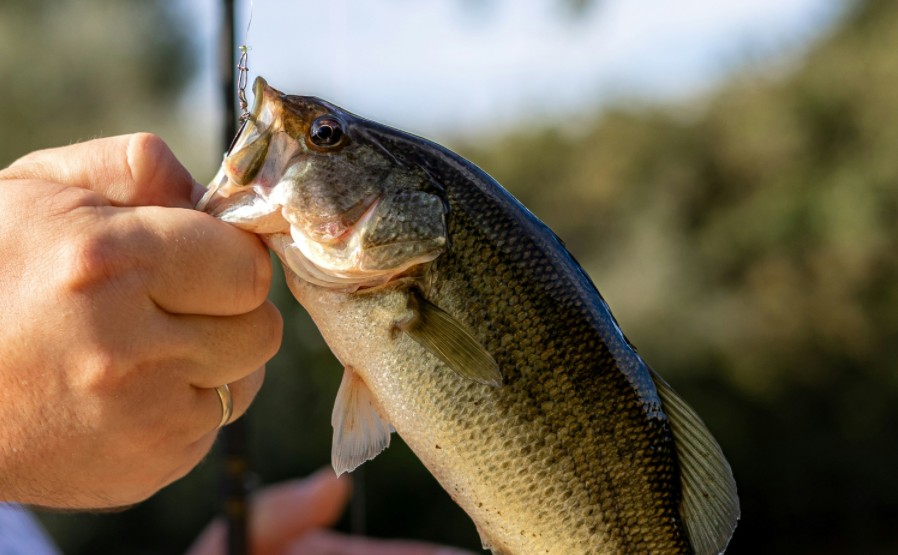
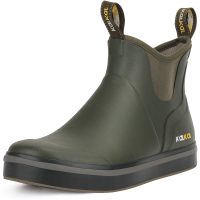



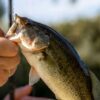




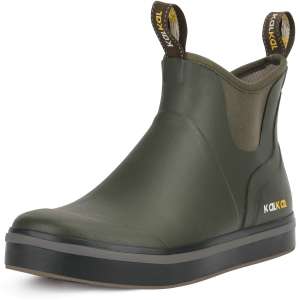







Leave a reply